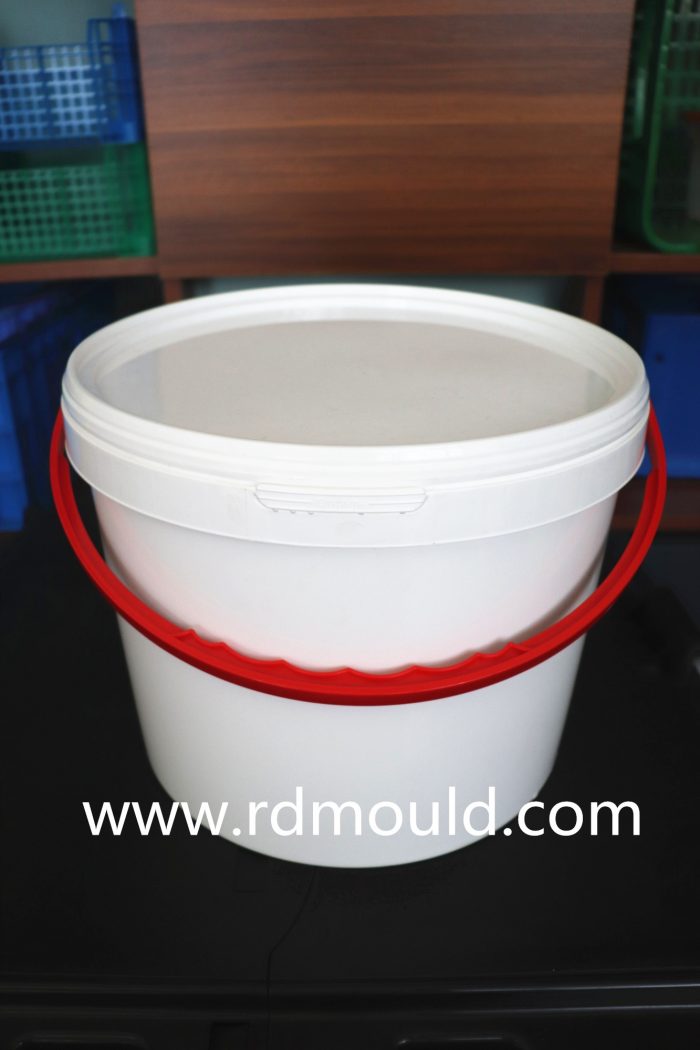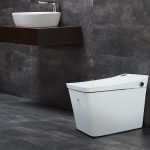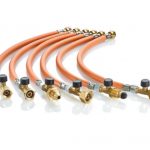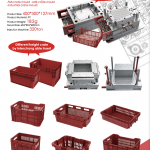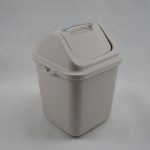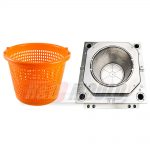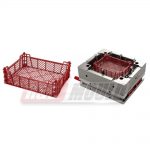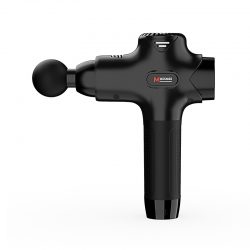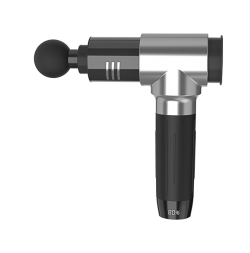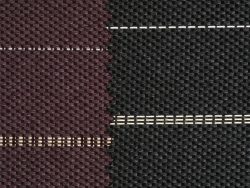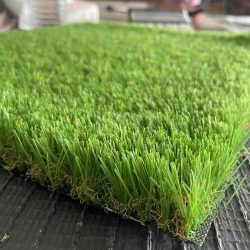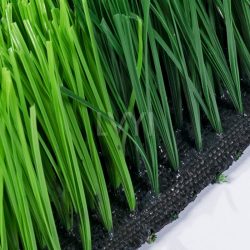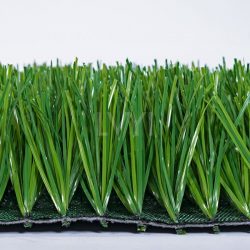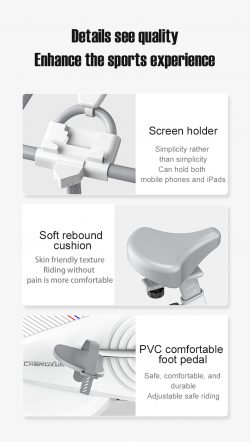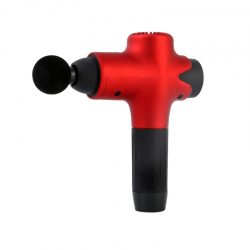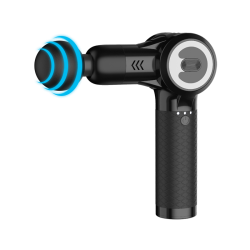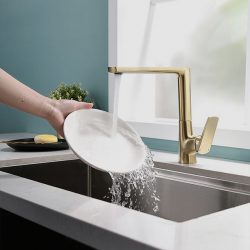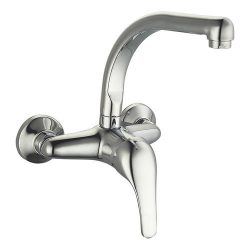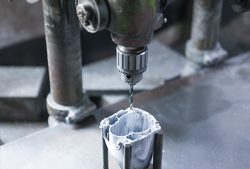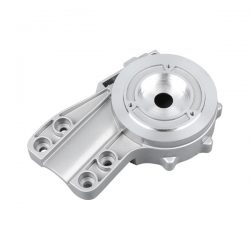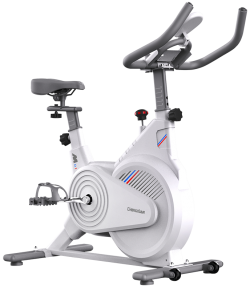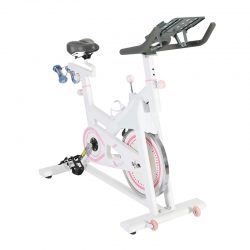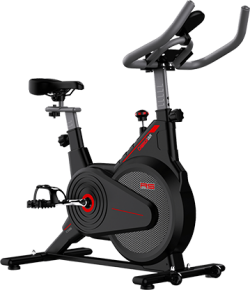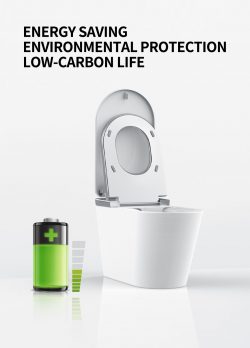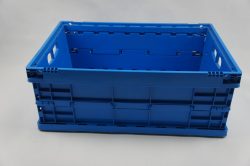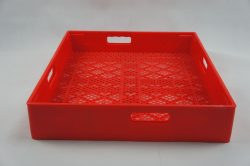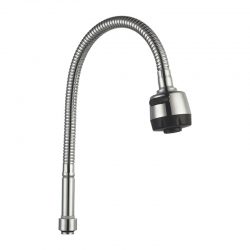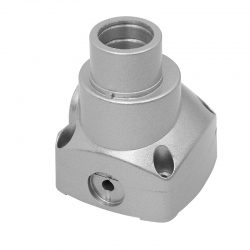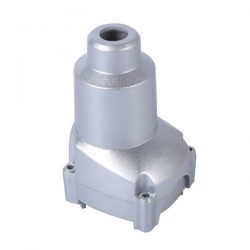The Impact of Material Choices on Bucket Mould Performance
Bucket moulds are essential tools in the production of containers for various applications, from industrial storage to consumer goods. The material used in these moulds can affect the quality, strength, and longevity of the buckets produced. This comprehensive analysis aims to explore the implications of material selection on bucket mould performance, focusing on plastic, metal, and silicone.
Plastic is a popular choice for bucket moulds due to its versatility and cost-effectiveness. The use of plastic in moulds offers several advantages:
Plastic moulds are generally less expensive to produce than their metal counterparts, making them an attractive option for manufacturers looking to minimize costs.
Plastic moulds are lighter, which can reduce the overall weight of the bucket, making it easier to handle and transport.
Plastic can be easily moulded into various shapes and sizes, allowing for a wide range of bucket designs.
Plastic moulds are resistant to corrosion, making them suitable for use in environments where chemical exposure is a concern.
However, there are also some drawbacks to using plastic:
Plastic has poor thermal conductivity, which can longer cooling times during the moulding process.
While some plastics are strong, they may not match the structural integrity of metal moulds, especially for heavy-duty applications.
Metal, particularly steel and aluminium, is another common material used in bucket moulds. The use of metal offers distinct benefits:
Metal moulds are known for their strength and durability, which can extend the life of the mould and the buckets produced.
Metal has nice thermal conductivity, allowing for faster cooling times and more efficient production processes.
Metal moulds can be machined to very tight tolerances, ensuring consistent and accurate bucket dimensions.
Metal moulds can be reused multiple times, providing a long-term cost-saving advantage.
